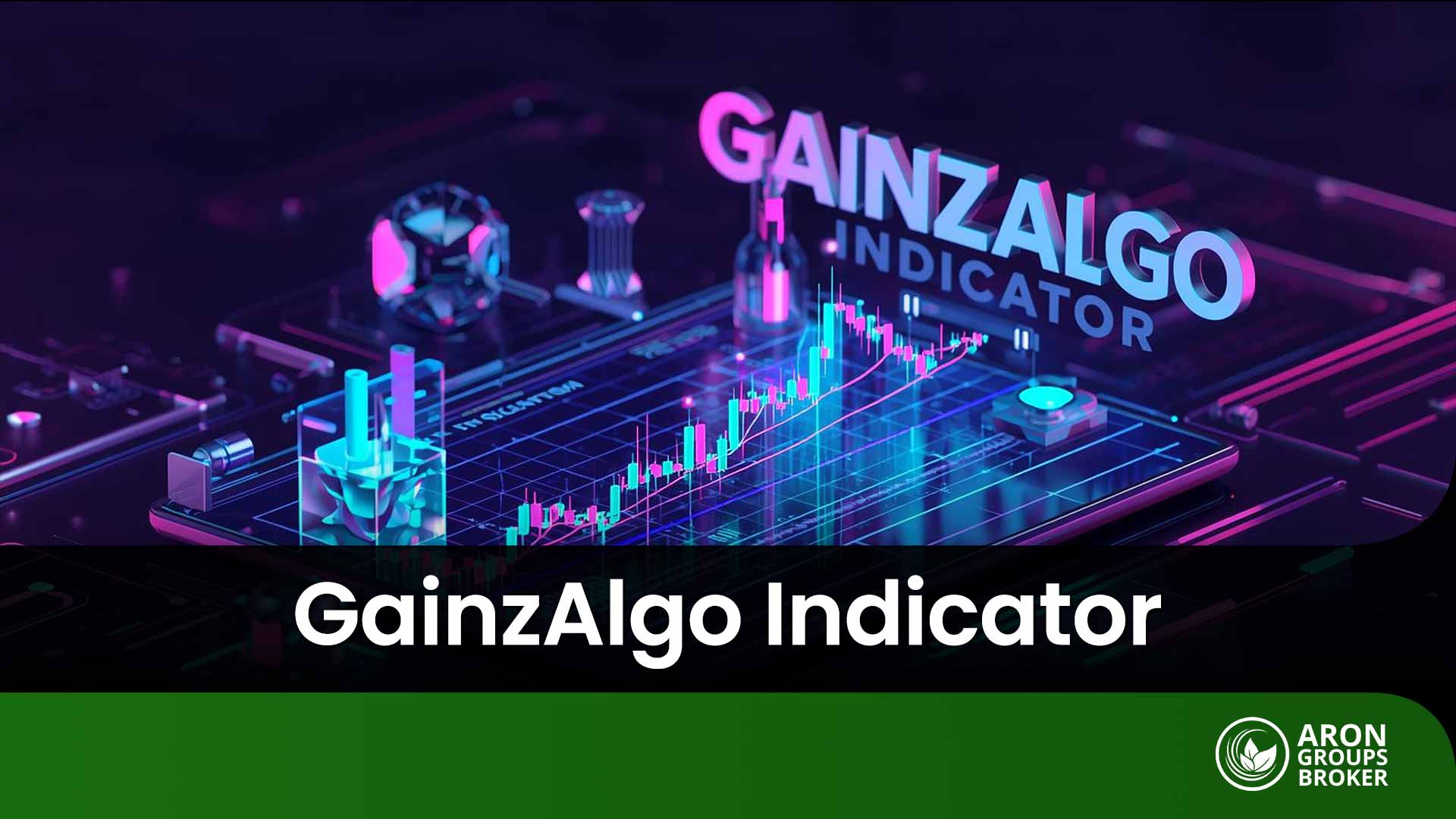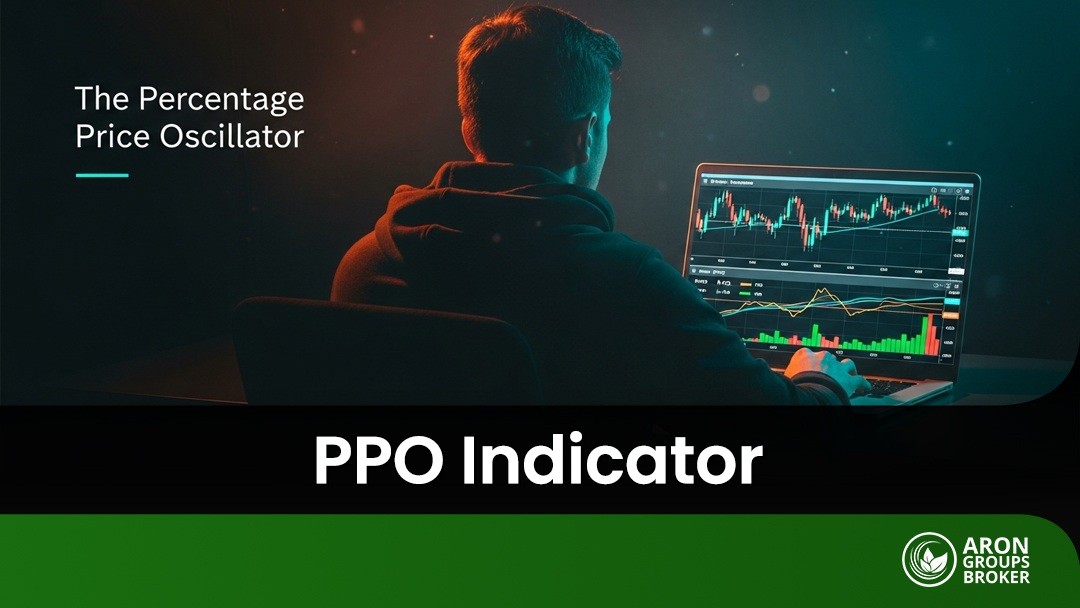Often, an investment may deliver high returns, but when we consider the level of risk taken to achieve those returns, the story changes. That’s why investors look for a tool that shows how valuable the earned profit is compared to the risk taken. One of the most widely used metrics for this purpose is the Sharpe Ratio.
Put simply, this metric is a way to evaluate risk-adjusted returns, helping us measure the true quality of a portfolio’s or asset’s performance. If you want to understand how it’s calculated and why it matters in financial analysis, stay with us until the end of this article.

- The Sharpe Ratio helps determine whether the returns generated are the result of skilled management or simply the outcome of taking on higher risk.
- Relying on the assumption that returns follow a normal distribution is not always accurate, and in markets like cryptocurrencies, it can present a misleading picture of risk.
- The length of the measurement period has a significant impact on the Sharpe Ratio, and using different time frames can lead to different results.
- For a more comprehensive evaluation of investment performance, it’s best to use the Sharpe Ratio alongside metrics such as the Sortino Ratio and the Treynor Ratio.
What Is the Sharpe Ratio
To accurately evaluate investment performance, it is not enough to look at returns alone. It is essential to determine how valuable those returns are relative to the risk taken. This leads to the main question: what is the Sharpe Ratio and what role does it play in financial analysis? This metric, also known as the Sharpe Ratio, measures how reasonable and meaningful the excess return of a portfolio is. Excess return refers to the difference between the portfolio’s return and the risk free rate, assessed against its level of volatility or standard deviation.
According to Investopedia, William F. Sharpe introduced this measure in 1966 and received the Nobel Prize in Economics in 1990 for his significant contributions to the development of modern risk assessment tools. Since then, the Sharpe Ratio has become one of the most widely used metrics for comparing the performance of different types of investments.
The importance of this ratio lies in its ability to help investors evaluate the quality of returns in relation to risk rather than focusing solely on profit. As a result, the Sharpe Ratio provides a more precise view of portfolio efficiency and serves as a reliable basis for choosing between various investment opportunities.

According to elmwealth, the original version introduced by William F. Sharpe in 1966 was essentially a preliminary form of the CAPM model. It was later renamed to the reward to variability ratio, a change that reflected his focus on comparing excess returns with market volatility.
Formula for the Sharpe Ratio and How to Calculate It
When evaluating the quality of an investment’s returns, the amount of profit alone is not enough. It is essential to understand how valuable that profit is relative to the risk taken. For this purpose, the Sharpe Ratio formula is used. This formula shows how much excess return a portfolio generates relative to the risk-free rate and what that excess return implies for volatility.
The general form of the formula is as follows:

Sharpe Ratio = (Rp – Rf) / σp
Where:
- Rp: the portfolio return, meaning the average return of the investment over a given time period.
- Rf: the risk-free rate, such as the yield on government bonds or interest rates.
- σp: the standard deviation of portfolio returns, which serves as a measure of risk or return volatility.
To calculate the Sharpe Ratio, follow these steps:
Calculate the portfolio return Rp, for example by using the average annual return of the portfolio.
Determine the risk free rate Rf, usually based on the yield of treasury securities such as United States ten year treasury bonds or other risk free banking rates.
Compute the standard deviation σp using historical return data to measure volatility. Then place the values into the Sharpe Ratio formula.
Simple example: assume your portfolio return is twelve percent, the risk free rate is three percent based on treasury yields, and the standard deviation is ten percent. Substituting into the formula:
Sharpe Ratio = (12% – 3%) / 10% = 0.9
This value indicates that for each unit of risk, zero point nine units of excess return have been earned.
The importance of the risk free rate in calculating the Sharpe Ratio is considerable because it provides a baseline for comparing returns with a safe investment. United States treasury securities are commonly used due to their stability and low risk, but depending on the market, local bonds or banking rates may be used instead. This choice must be made carefully to ensure accurate results.

According to Investopedia, the process of calculating this ratio involves computing the standard deviation of the average differences between periodic returns such as monthly rates.
Applications of the Sharpe Ratio in Different Financial Markets
Each financial market has its own unique conditions and characteristics, which is why investors need tools that reveal the true performance of an investment while taking risk into account. Using the Sharpe Ratio makes it possible to evaluate the return of an asset or strategy relative to its volatility and make more informed decisions. This becomes especially important when risk adjusted return is a key factor in choosing between similar options.
Sharpe Ratio in the Forex Market
In forex trading, where sharp price fluctuations and the extensive use of leverage are common, focusing on the quality of returns is essential. By examining the Sharpe Ratio, traders can see which trading strategy whether short term or long term has performed better relative to the level of risk taken. This is directly linked to risk management because a higher ratio indicates that the trader has earned more return for each unit of risk.
Sharpe Ratio in the Stock Market
In the equity market, this metric helps investors compare the performance of different funds or asset combinations. Two funds may show similar returns, but one may achieve them with lower risk. In such cases, the fund with the higher Sharpe Ratio is considered the better choice. For this reason, many analysts do not focus solely on profit levels when evaluating a portfolio. They also assess the quality of that profit relative to its risk.
Sharpe Ratio in Cryptocurrency and High Volatility Portfolios
The cryptocurrency market, with its extreme price swings, is a challenging environment for calculating and interpreting the Sharpe Ratio. However, this metric can still reveal which digital asset or asset combination has generated higher returns relative to the risk taken. Some studies even suggest that adding a small allocation to cryptocurrencies can improve the Sharpe Ratio, though higher volatility can also lead to deeper drawdowns. Therefore, using this metric in such markets requires careful analysis and greater precision.

Risk Adjusted Return with the Sharpe Ratio
In investing, returns may sometimes look impressive at first glance, but once risk is taken into account, the picture becomes much clearer. Metrics such as the Sharpe Ratio evaluate not only the return itself but also its quality relative to market volatility or risk. This allows for a more accurate assessment of an asset’s true performance.
Difference Between Absolute Return and Risk Adjusted Return
Absolute return refers to the total profit calculated without considering the ups and downs of the investment journey, essentially a raw number that shows only the gain. When that same return is evaluated together with the level of risk taken to achieve it, it becomes a risk adjusted return. This approach provides a more precise measure of investment performance because it considers not only the profit but also whether the risk taken was truly justified.
Difference Between the Sharpe Ratio and the Sortino Ratio
Both indicators aim to assess the quality of returns, but from different perspectives.
- The Sortino Ratio focuses only on downside risk meaning the probability of loss while the Sharpe Ratio accounts for total volatility.
- In markets where price declines pose a greater concern than price increases, the Sortino Ratio provides a more practical view, whereas the Sharpe Ratio offers a more comprehensive representation.

Difference Between the Sharpe Ratio and the Treynor Ratio
The difference lies in the type of risk each one measures. The Treynor Ratio uses beta and focuses on systematic risk, which is the portion of risk driven by overall market conditions. In contrast, the Sharpe Ratio considers total portfolio risk. Therefore, when the portfolio is well diversified and the goal is to evaluate overall performance, the Sharpe Ratio is the better choice. However, in situations where only market related risk matters, the Treynor Ratio is more suitable.
Why the Sharpe Ratio Provides a More Accurate Understanding of Portfolio Performance
One reason this ratio has become highly popular is its ability to present a complete picture of investment performance. Because the Sharpe Ratio considers both return and total risk, it offers a clearer insight into the quality of asset management. For this reason, it is widely regarded in the financial industry as a standard metric for comparing portfolios, and many investment managers rely on it to evaluate their decisions.
How to Analyze and Interpret Sharpe Ratio Results in Investing
Interpreting the value produced by the Sharpe Ratio typically falls into the following categories:
- A Sharpe Ratio below one usually indicates weak investment performance, meaning the return earned was not worth the risk taken.
- A value between 1 and 1.99 is considered good.
- A range between 2 and 2.99 indicates excellent performance.
- A value of 3 or higher is generally regarded as excellent.
- If the ratio becomes negative, it means the return is even lower than the risk-free rate, which signals an undesirable outcome.
To make the application of the Sharpe Ratio clearer, consider the following simple example:
- Portfolio one has a return of 15% with a standard deviation of 10%.
- Portfolio two has a return of 12% and a standard deviation of 5%.
If we assume a risk-free rate of two percent, the Sharpe Ratio for portfolio one is approximately one point three, calculated as fifteen minus two divided by ten. The Sharpe Ratio for portfolio two is about two, calculated as twelve minus two divided by five. It is clear that portfolio two, despite having a lower return, offers better risk-adjusted performance.
Ultimately, making the right investment decision requires a combined perspective. Using the Sharpe Ratio, along with other metrics such as absolute return and a detailed portfolio analysis, provides a more complete and reliable view of investment performance.

According to trustnet, the highly time-sensitive nature of the Sharpe Ratio can lead to misleading results. For example, in shorter periods, market movements tend to be more intense, which can make the ratio appear more favorable than it truly is.
Limitations and Weaknesses of the Sharpe Ratio
Although the Sharpe Ratio is widely used as a metric for evaluating investment performance, it is not without flaws, and its weaknesses must be taken into account. Some of its most important limitations include:
Assumption of normally distributed returns
The Sharpe Ratio assumes that asset returns follow a normal distribution, while in markets such as cryptocurrencies, returns often exhibit extreme volatility and nonlinear behavior.
Ignoring specific risks
The Sharpe Ratio considers only overall volatility and does not incorporate factors such as liquidity risk or risks tied to a particular industry or asset.
Dependence on the time period
The value of the ratio can change significantly depending on the calculation timeframe. For instance, over longer periods, standard deviation often appears lower, which can make the ratio look overly optimistic.
Possibility of data manipulation
Portfolio managers can artificially boost the ratio through techniques such as smoothing returns, even though the actual risk remains high.
For this reason, it is recommended not to rely solely on this ratio when evaluating risk adjusted performance. Complementary metrics such as the Sortino Ratio or the Calmar Ratio should also be used to achieve a more accurate assessment.
| Limitation | Short Explanation | Suggested Complementary Metric or Approach |
|---|---|---|
| Assumption of normally distributed returns | Actual returns in markets such as cryptocurrency are often non normal and highly skewed | Use the Sortino Ratio which focuses on downside risk |
| Ignoring specific risks | Liquidity risk and industry specific risks are not included in the calculation | Combine analysis with the Calmar Ratio or liquidity based metrics |
| Dependence on the time period | Over long periods standard deviation decreases, making results appear more optimistic | Review the ratios across multiple time frames |
| Possibility of data manipulation | Managers can smooth returns to artificially inflate the Sharpe Ratio | Use multiple metrics such as Sharpe, Sortino, and Treynor together |
Conclusion
The Sharpe Ratio provides a clear view of return quality relative to risk, which is why it is considered one of the key metrics in investment evaluation. However, it is not sufficient on its own for making informed decisions. It should be used alongside other tools, such as the Sortino Ratio and the Treynor Ratio, to provide a more accurate picture of portfolio performance. Paying attention to this metric’s limitations and combining it with complementary indicators can help investors make more intelligent, more reliable investment choices.






























